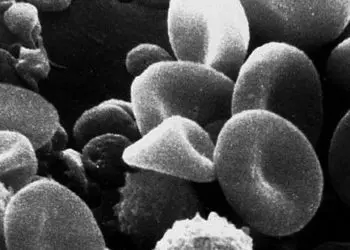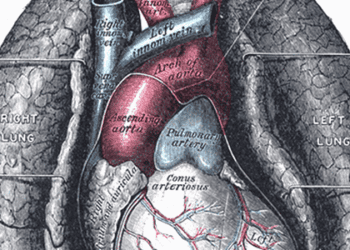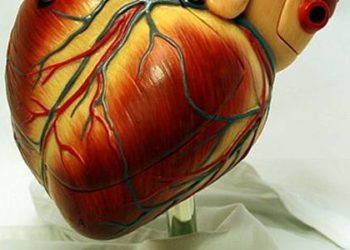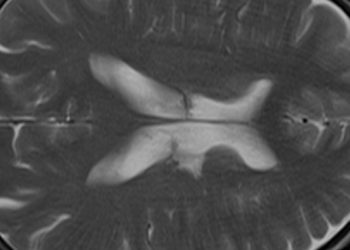Smartphone-based shopping mall walking programs increased daily step counts of users during the pandemic
1. Implementation of smartphone-based walking programs in shopping malls resulted in a significant increase of daily steps amongst users during the pandemic.
Evidence Rating Level: 2 (Good)
The benefits of physical activity are numerous, especially when it comes to preventing diseases. Walking is a simple exercise that most people can partake in, ultimately benefiting their physical activity levels while reducing disease risk. However, after the initiation of the pandemic, daily steps decreased dramatically. Knowing the benefits of walking, shopping malls implemented smartphone-based walking programs, providing a safe, accessible area to reach daily step goals. Included in the study were 217 344 individuals with a total of 23 638 110 daily steps. Among the participants, 154 616 (71.1%) were women and only 62 728 (28.9%) were men. The mean (SD) daily steps on participation days were 7415 (4686), much higher than the mean daily steps on non-participation days which was 5281 (4339). Individuals participated in walking days over 136 malls with the mean (SD) mall size being 52 908 (20 019) m2. When compared to non-walking days, participation in walking was correlated with 1219 (95% CI, 1205-1232) additional steps daily. In another model, participation was associated with 1130 (95% CI, 1113-1146) additional steps in rural malls, 1403 (95% CI, 1379-1428) in suburban, and 1433 (95% CI, 1408-1457) in urban malls when compared to non-walking days. When separating based on mall size, participation was associated with 1422 (95% CI, 1405-1439) additional steps in bigger malls whereas only 1059 (95% CI, 1041-1077) more steps in smaller malls compared to nonparticipation days. Women were associated with having more steps than men on participation days (728 (95% CI, 698-758)). When looking at age differences, older participants had 228 (95% CI, 183-273) additional steps compared to younger adults. Overall, smartphone use in the mall was associated with greater daily steps, especially for women and older individuals in urban and suburban areas.
Click to read the study in JAMA Network Open
Image: PD
©2024 2 Minute Medicine, Inc. All rights reserved. No works may be reproduced without expressed written consent from 2 Minute Medicine, Inc. Inquire about licensing here. No article should be construed as medical advice and is not intended as such by the authors or by 2 Minute Medicine, Inc.







